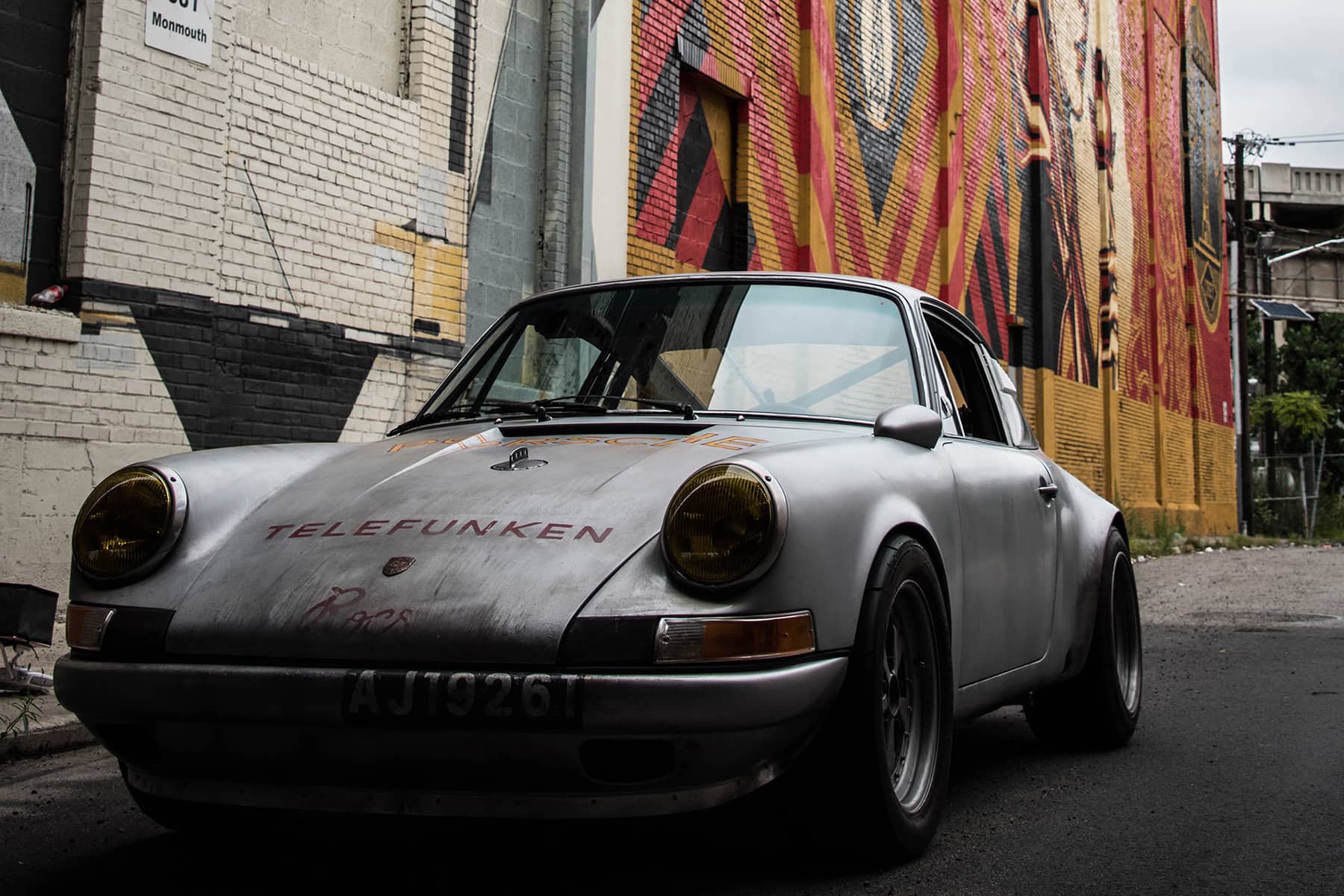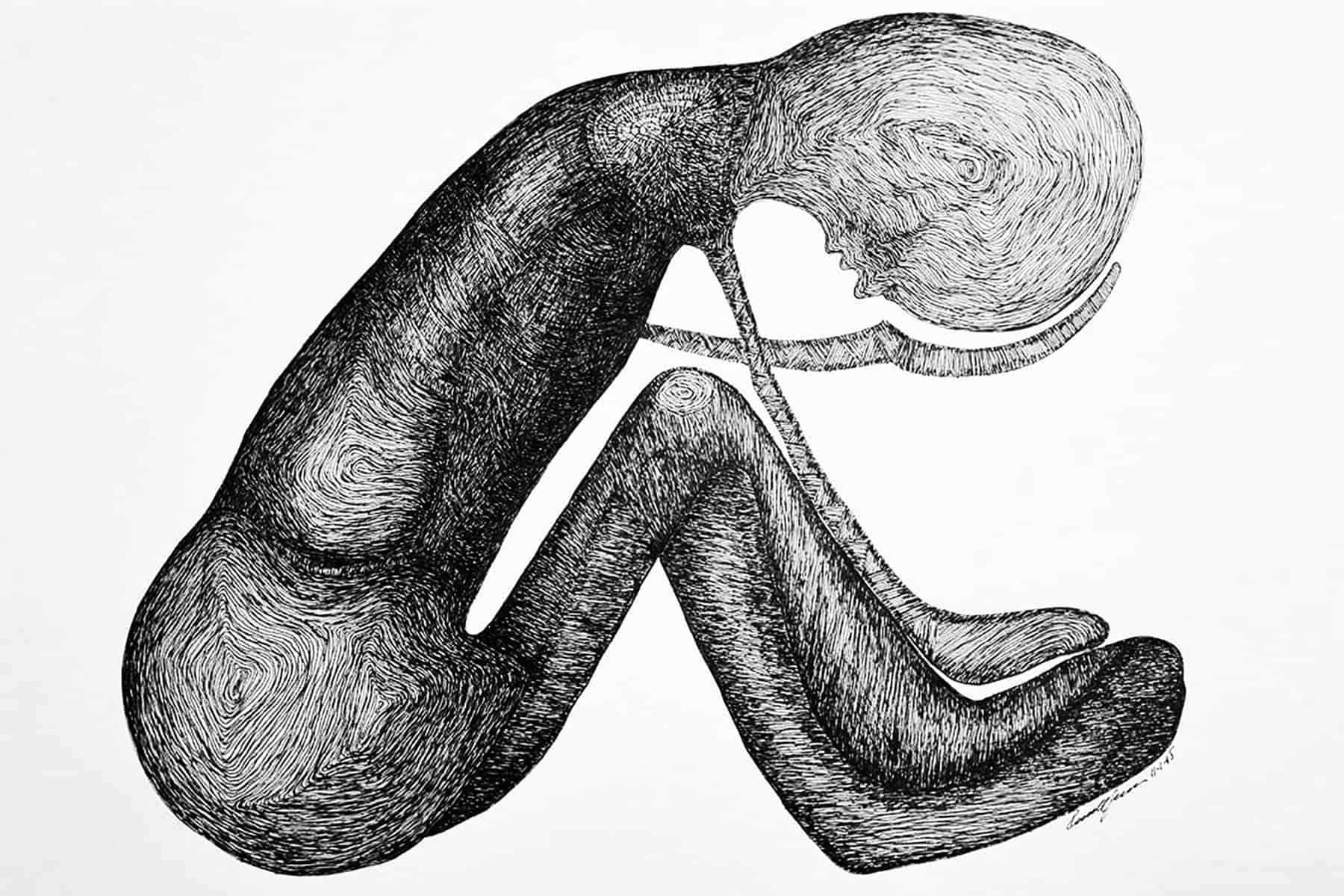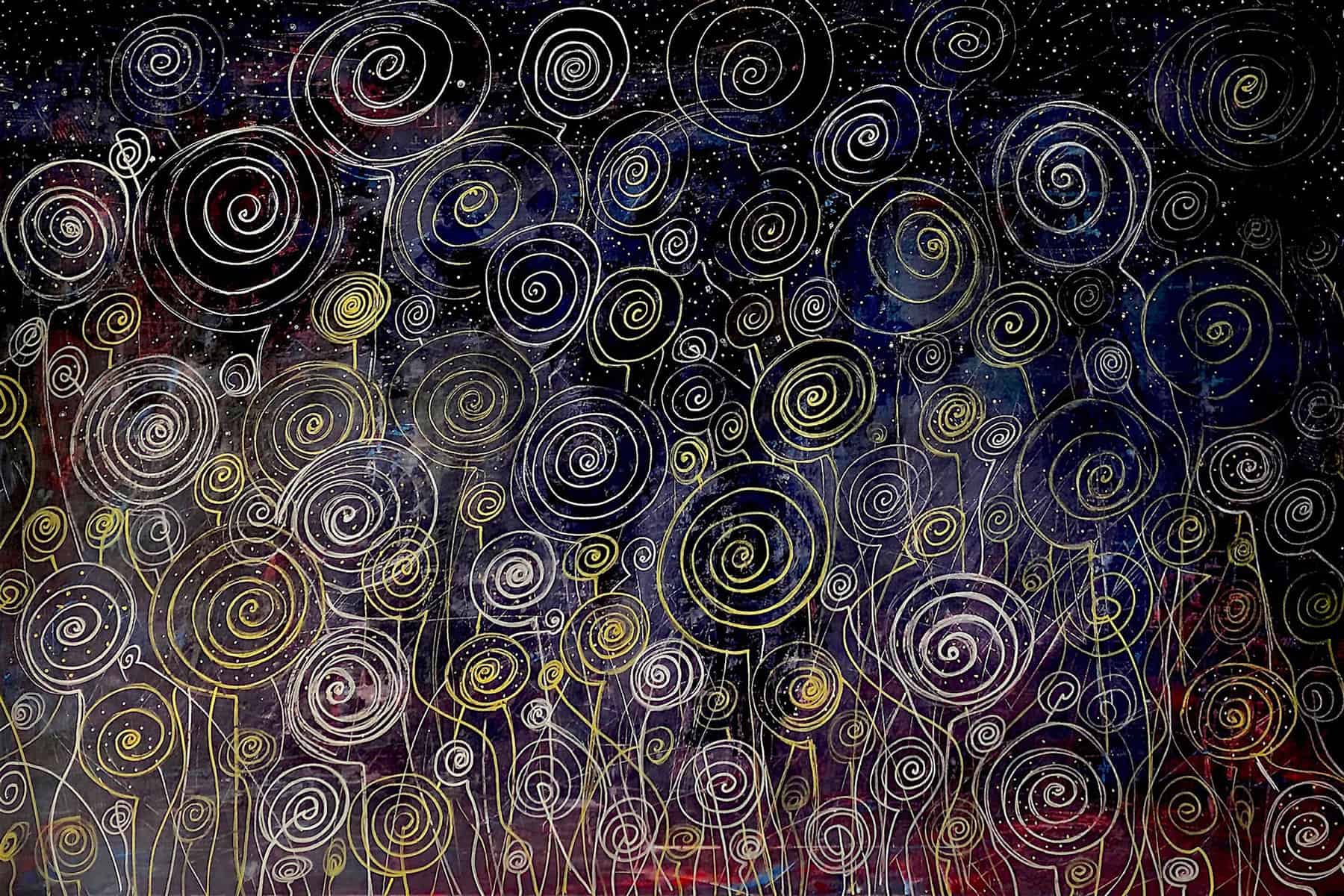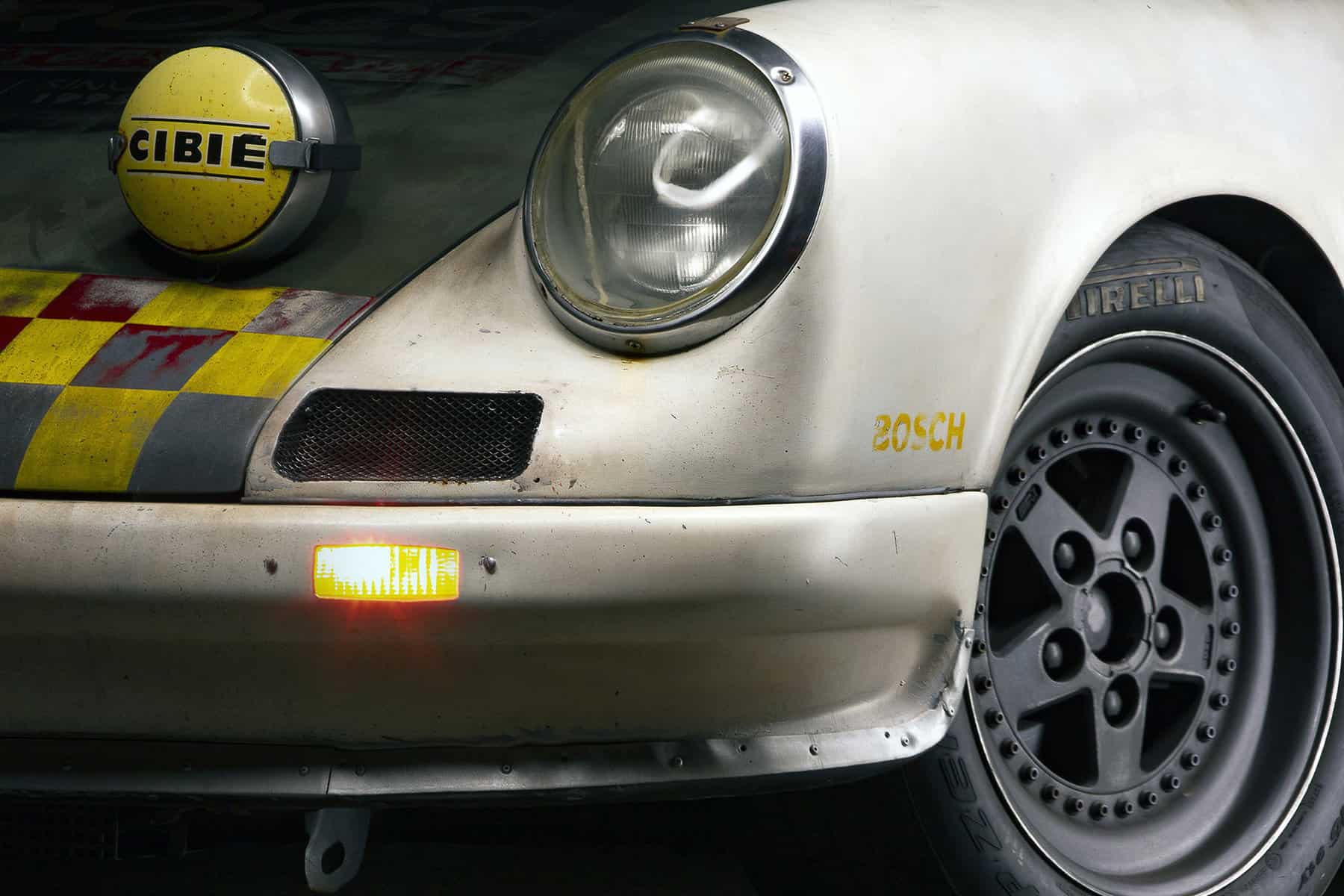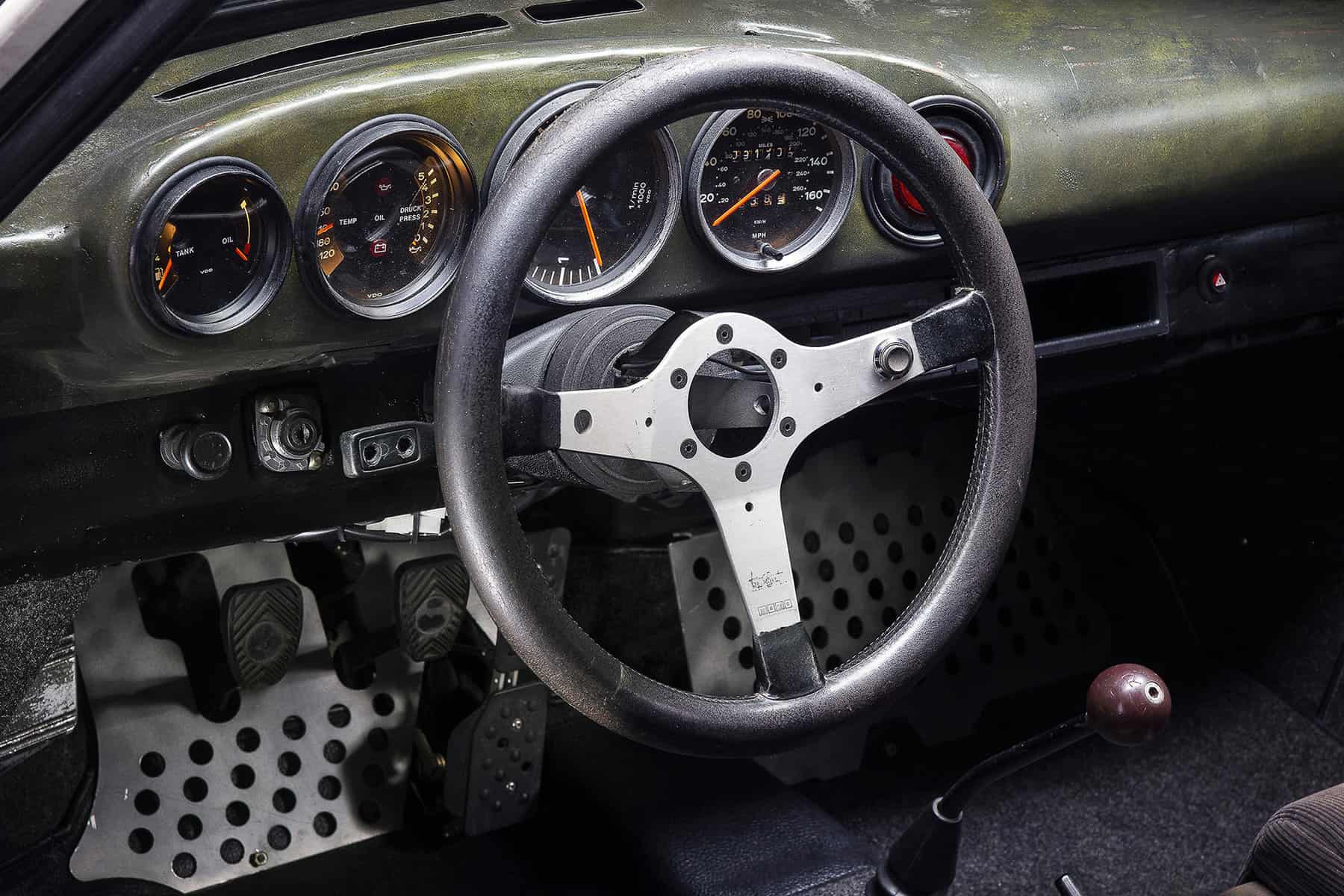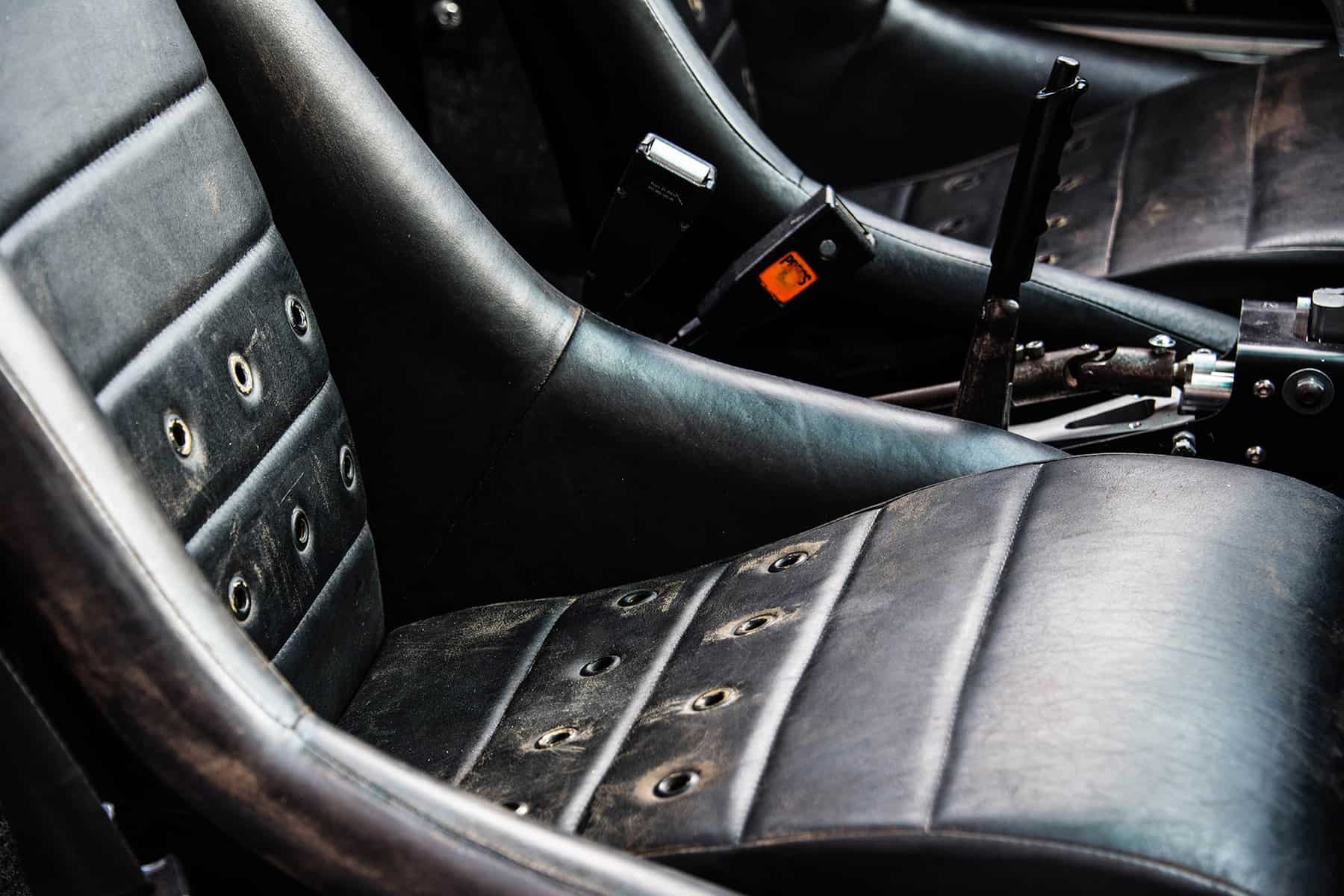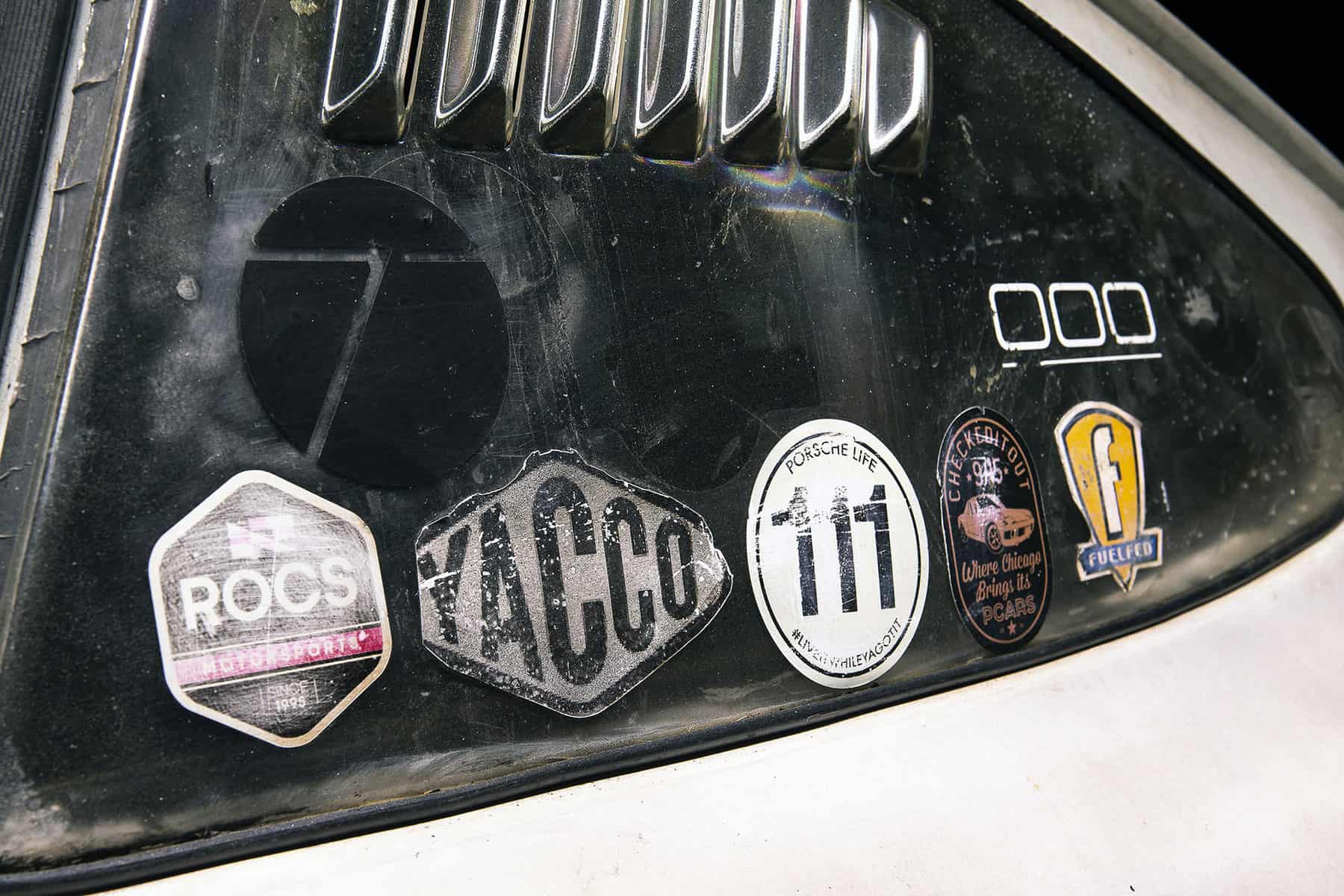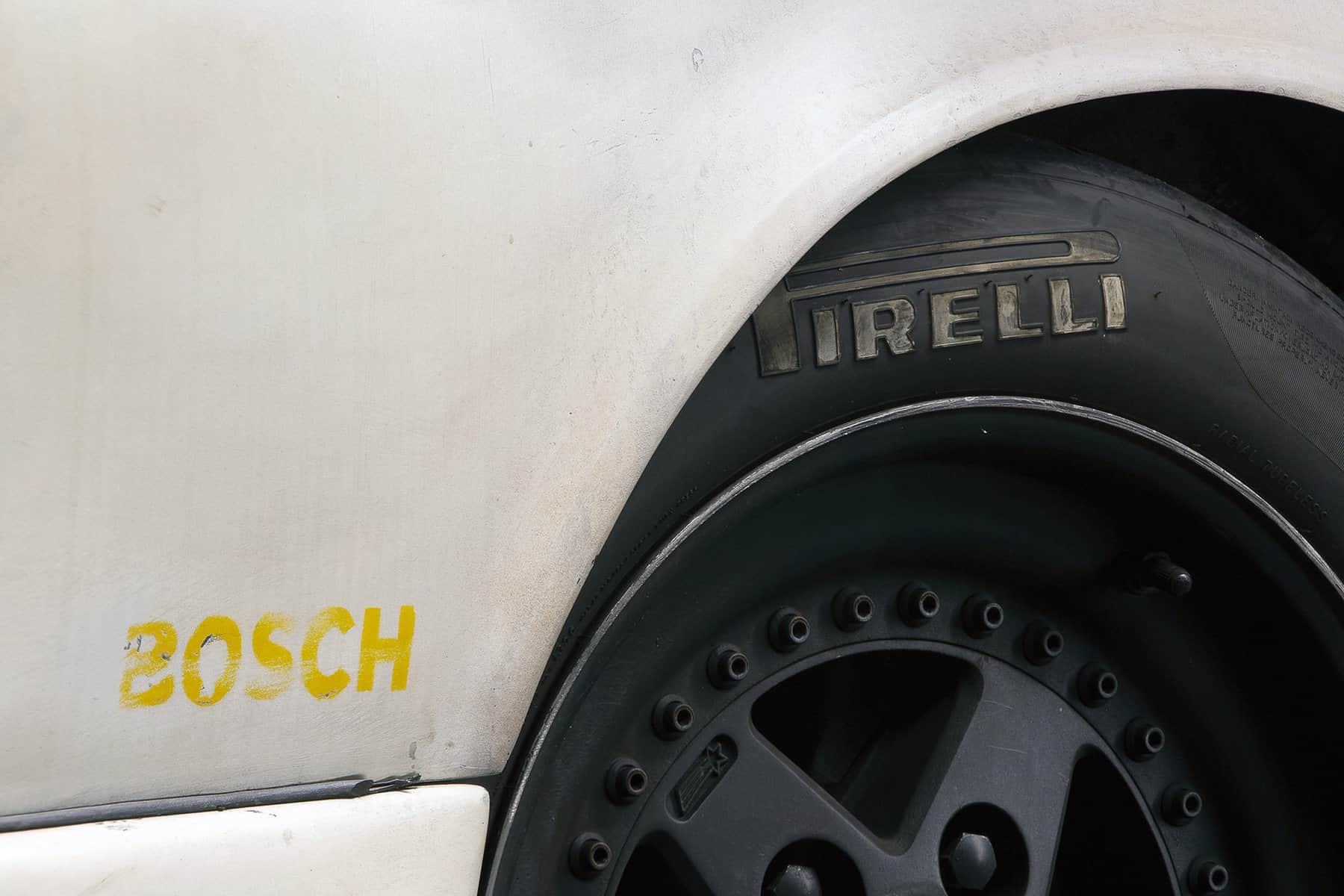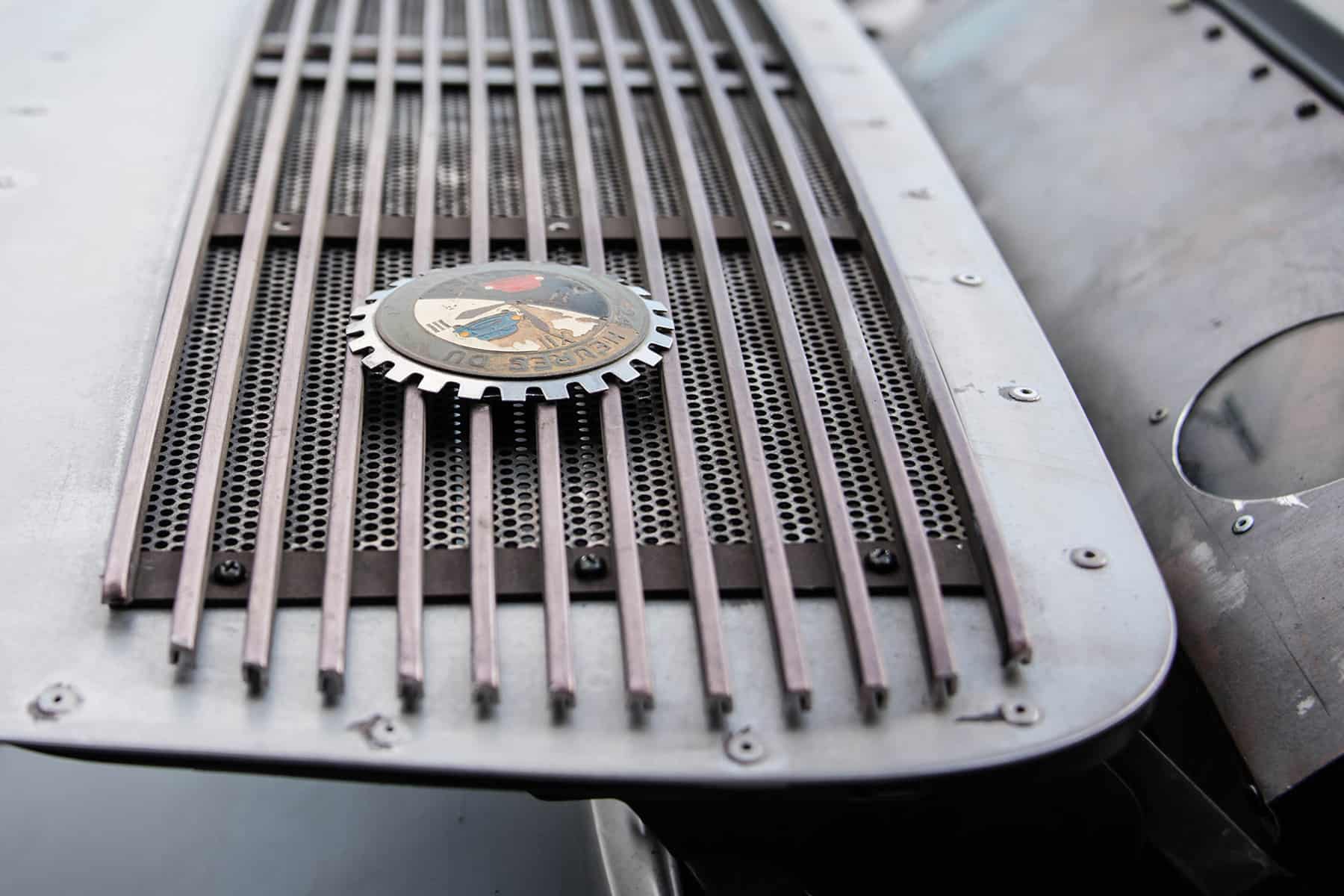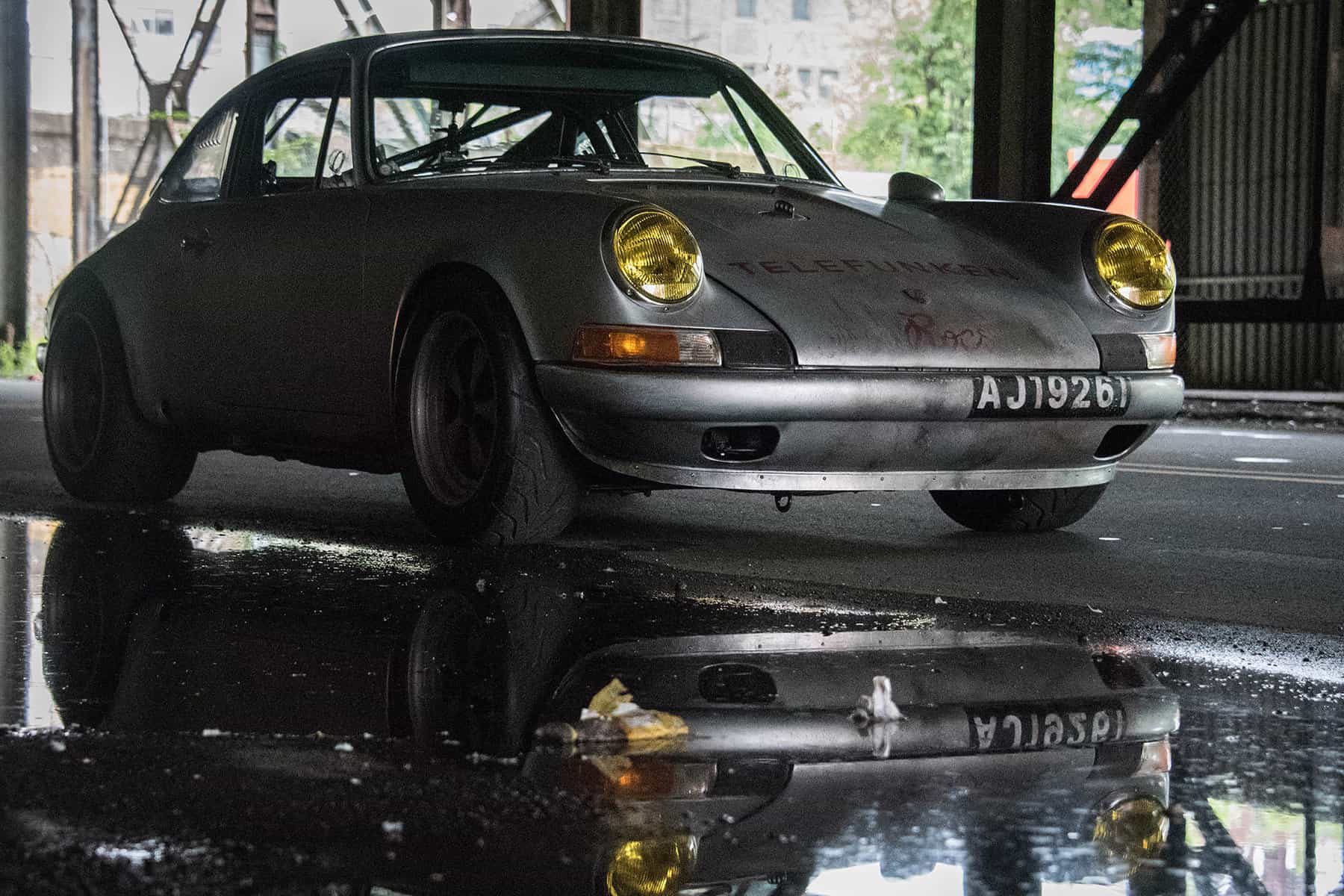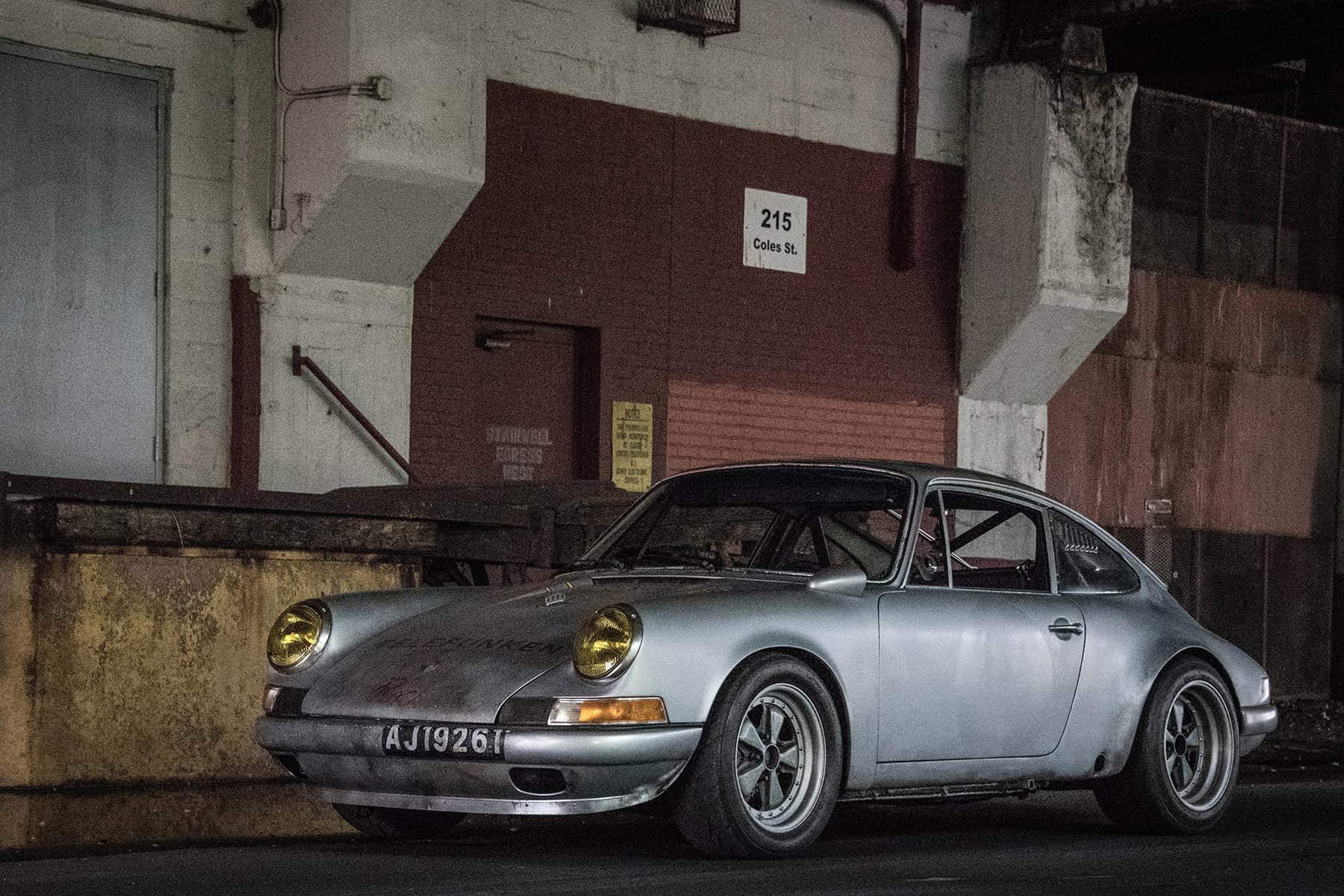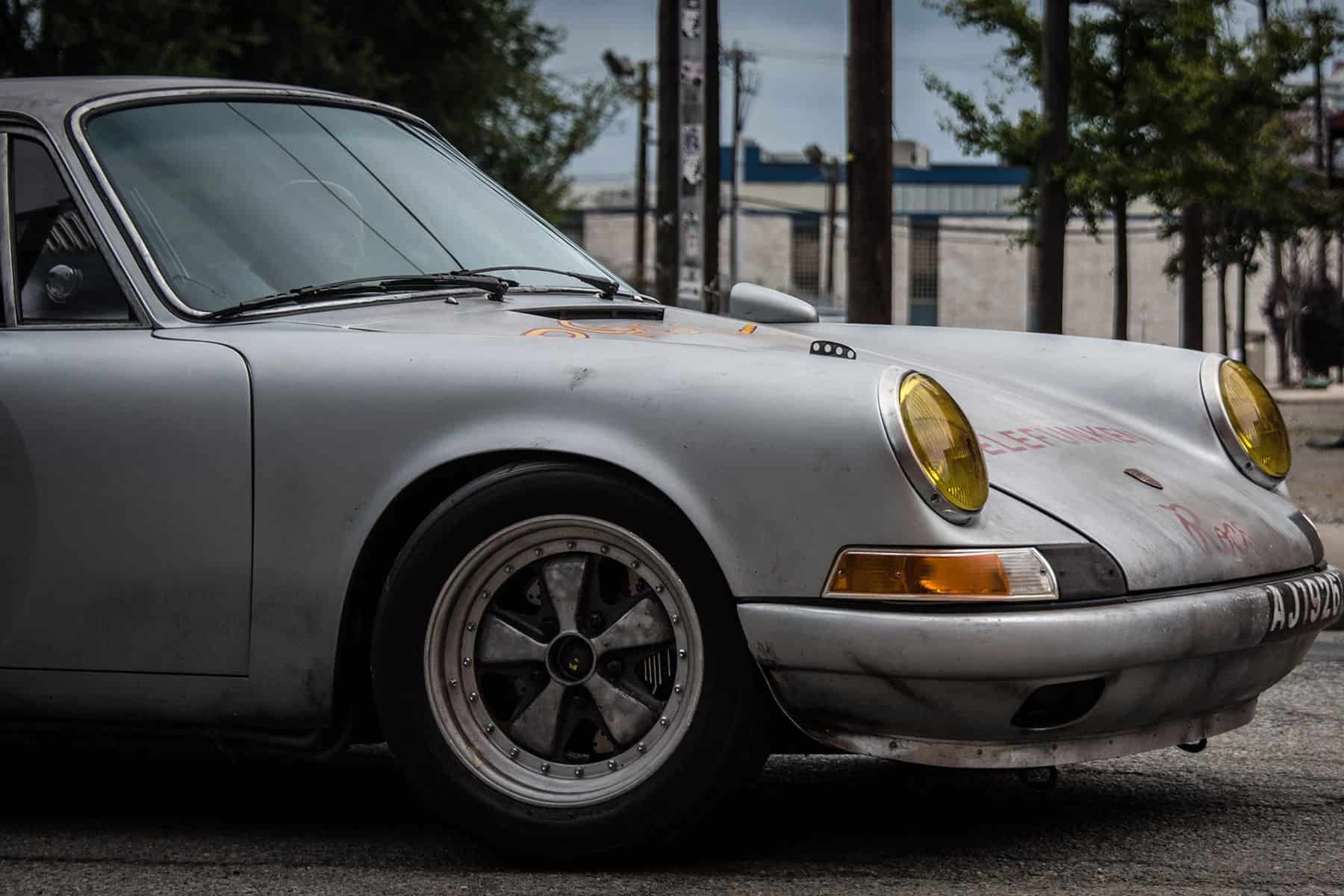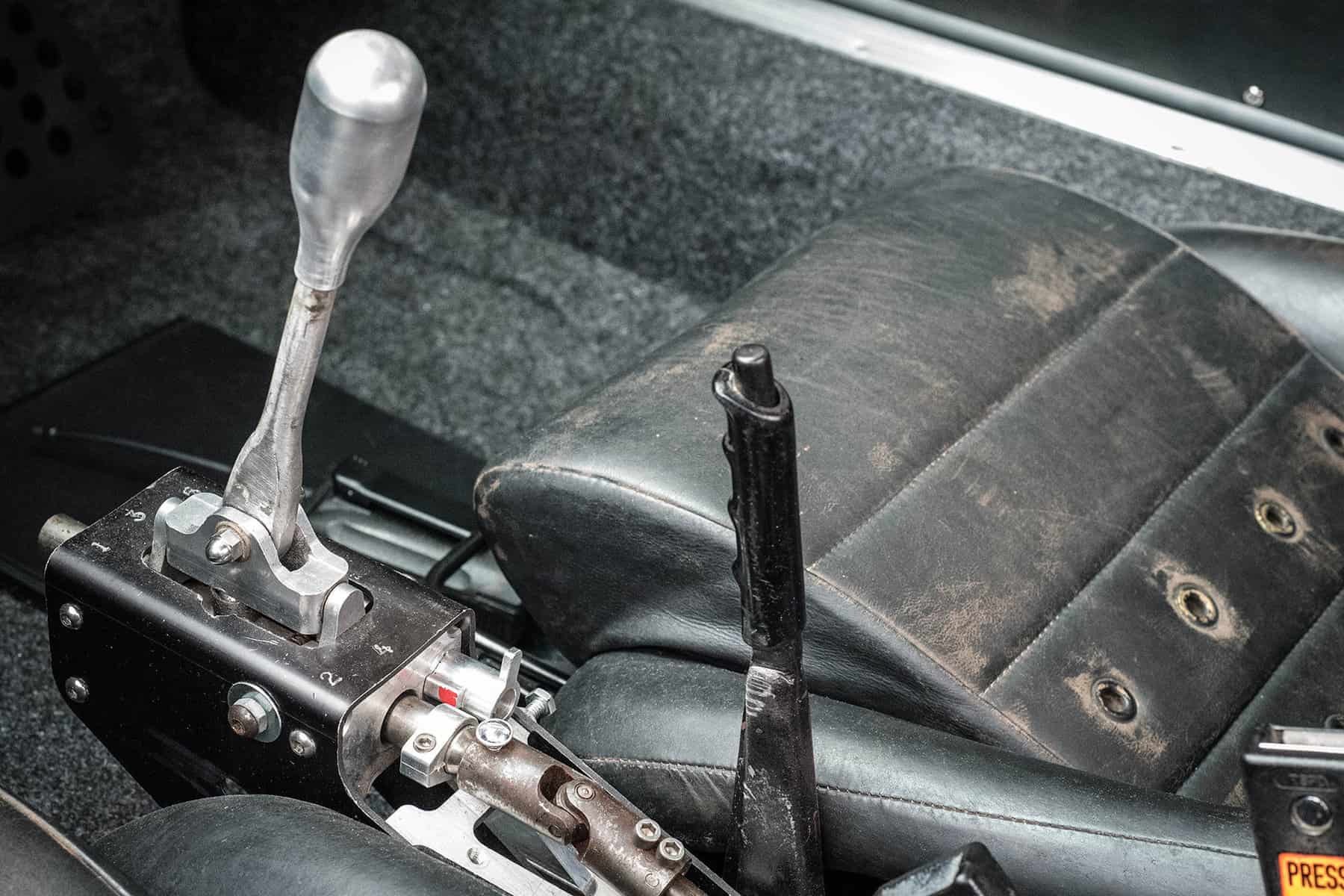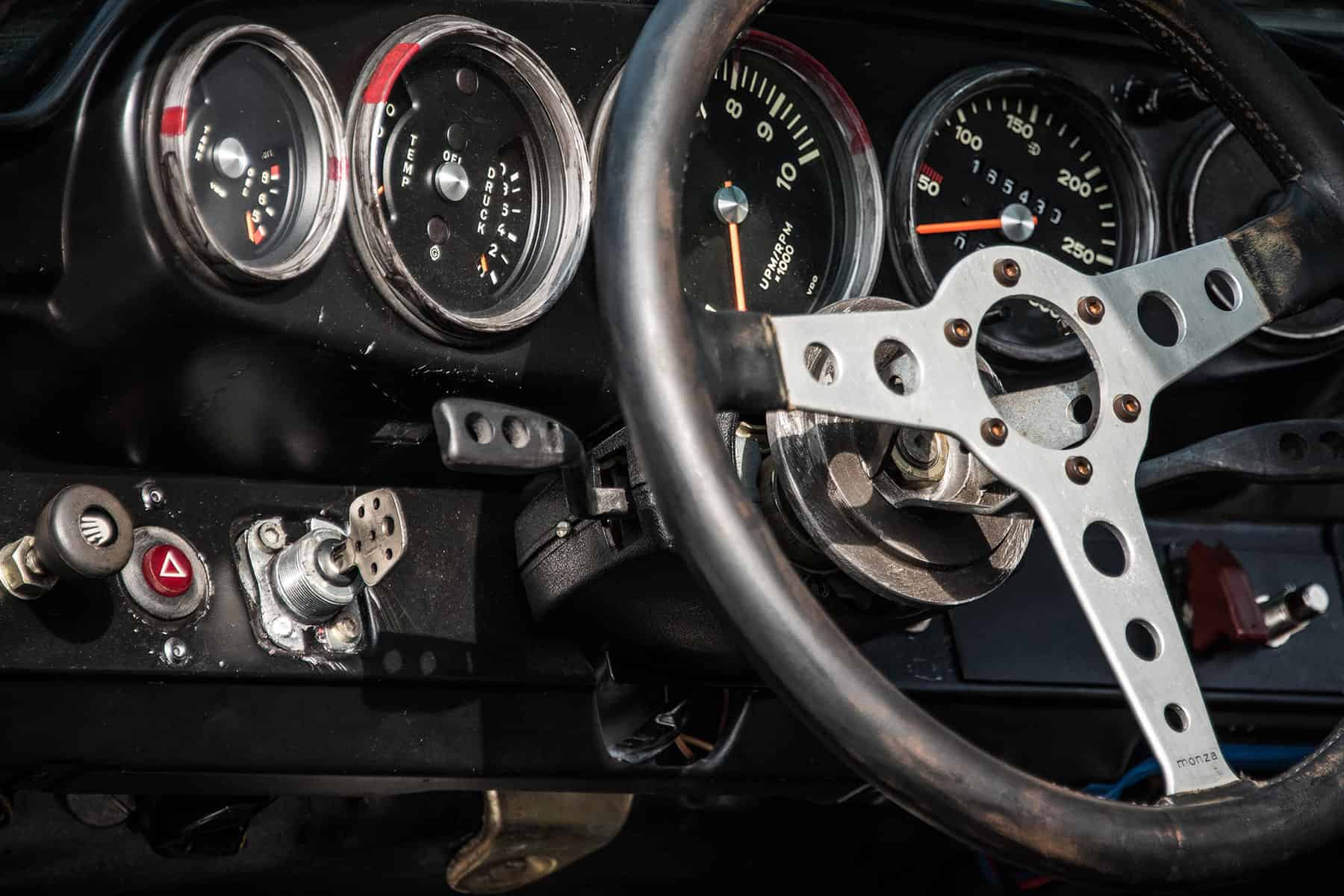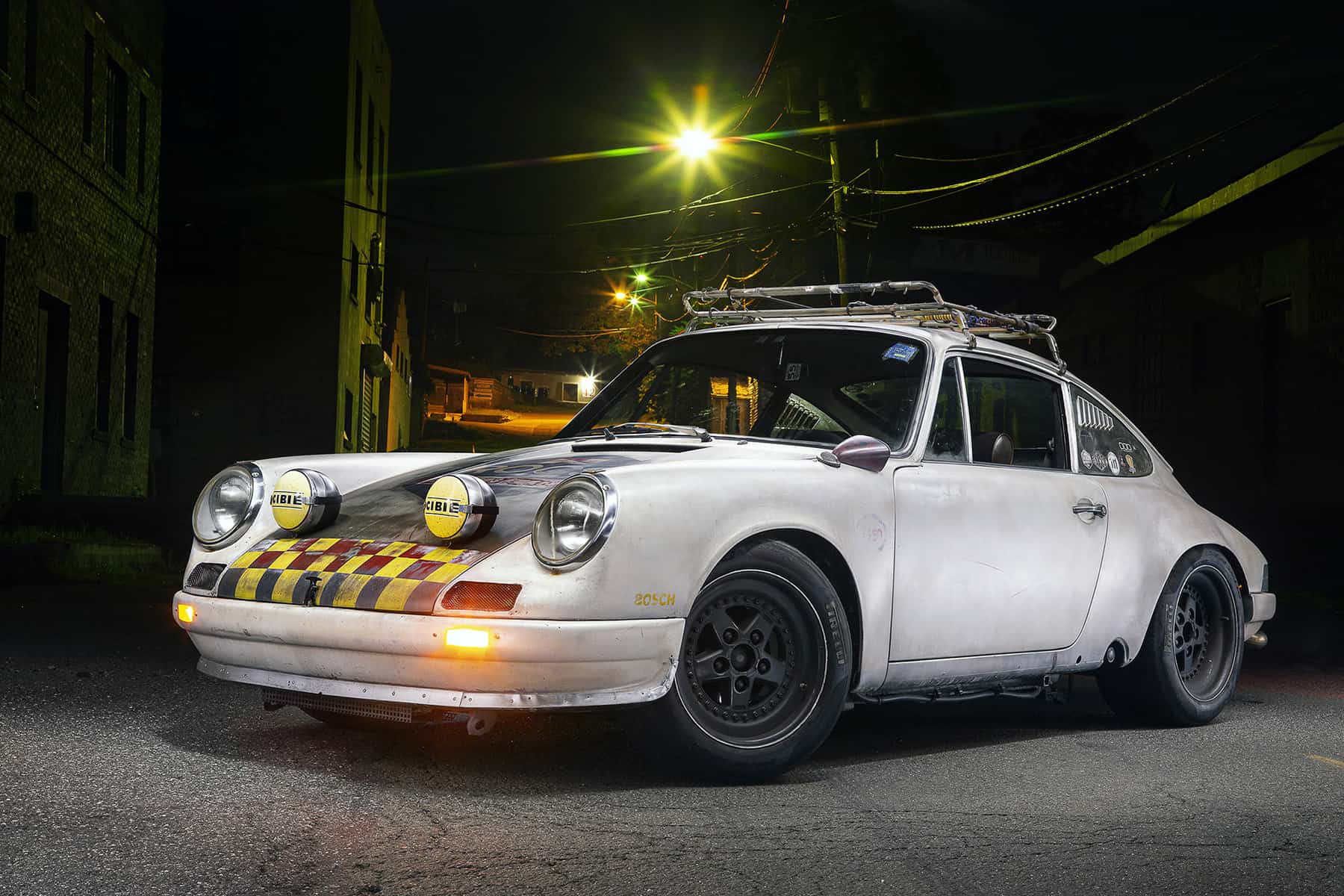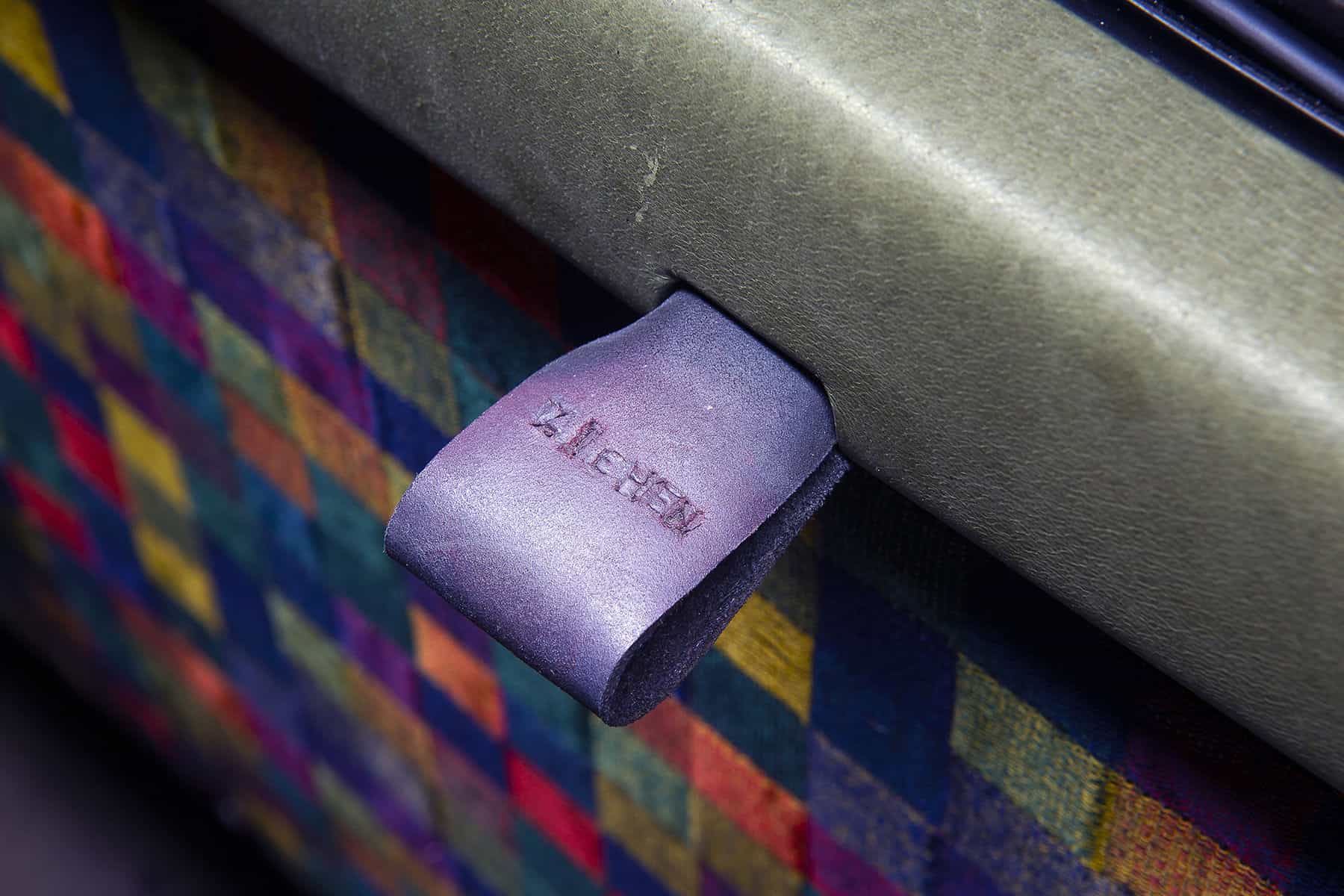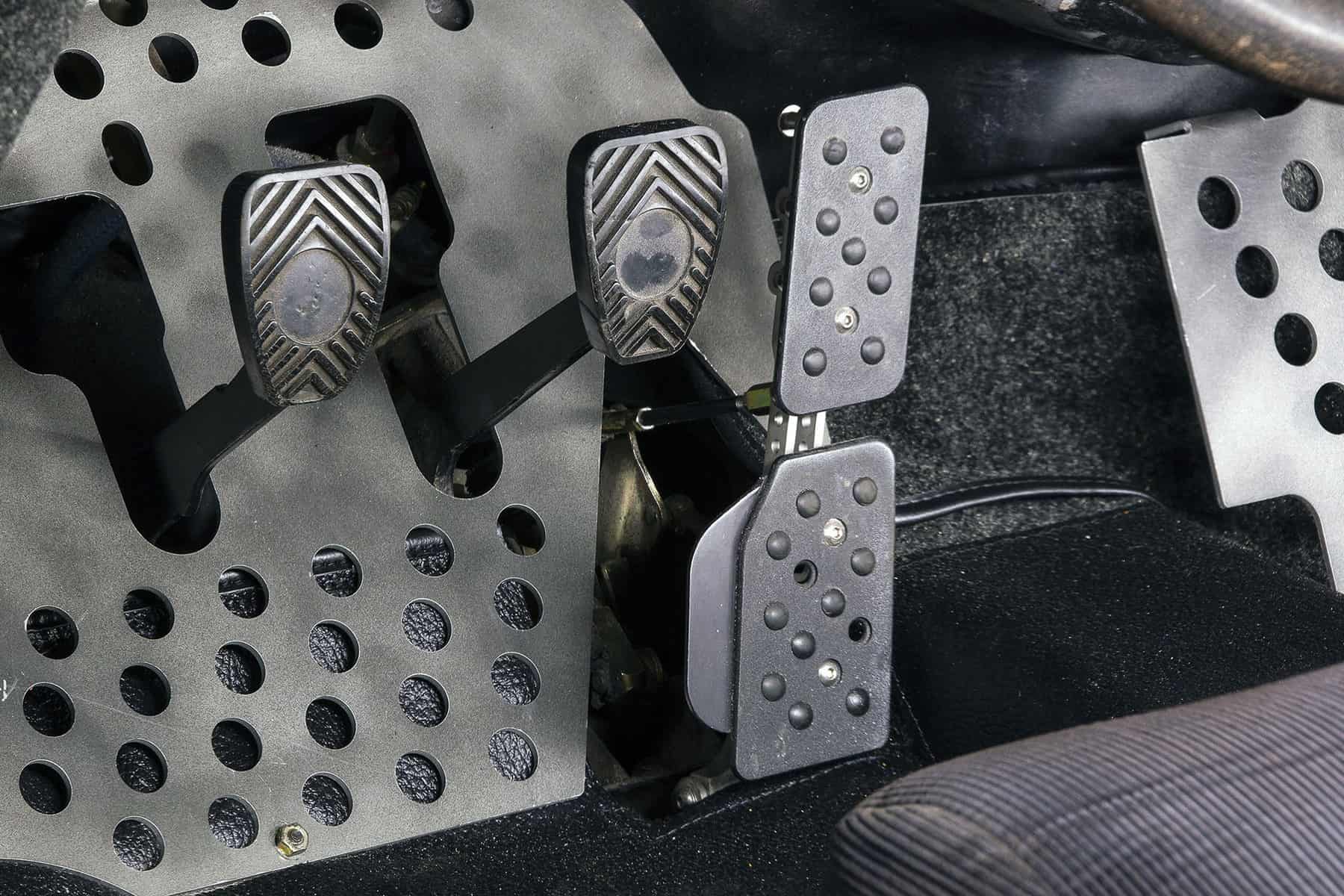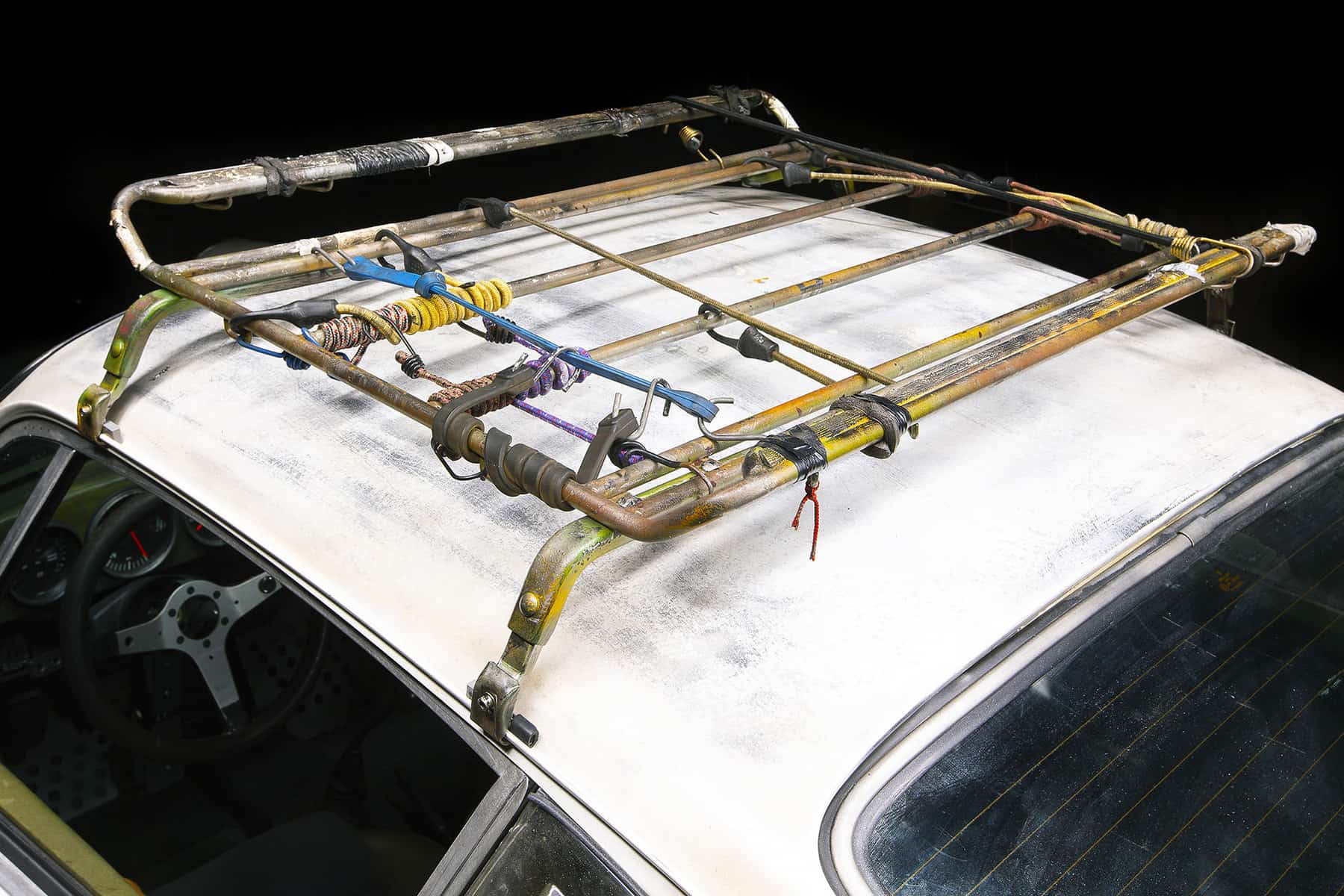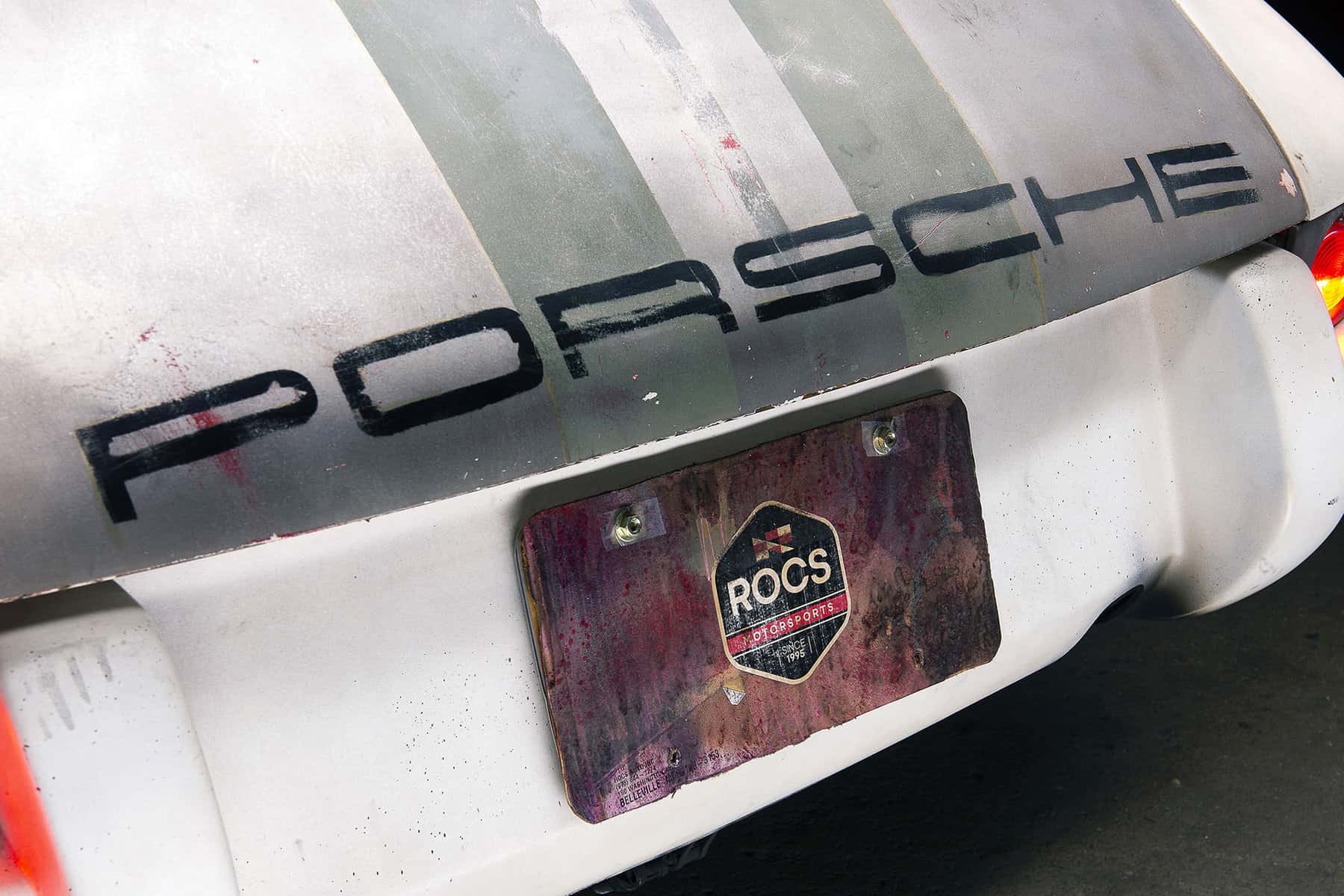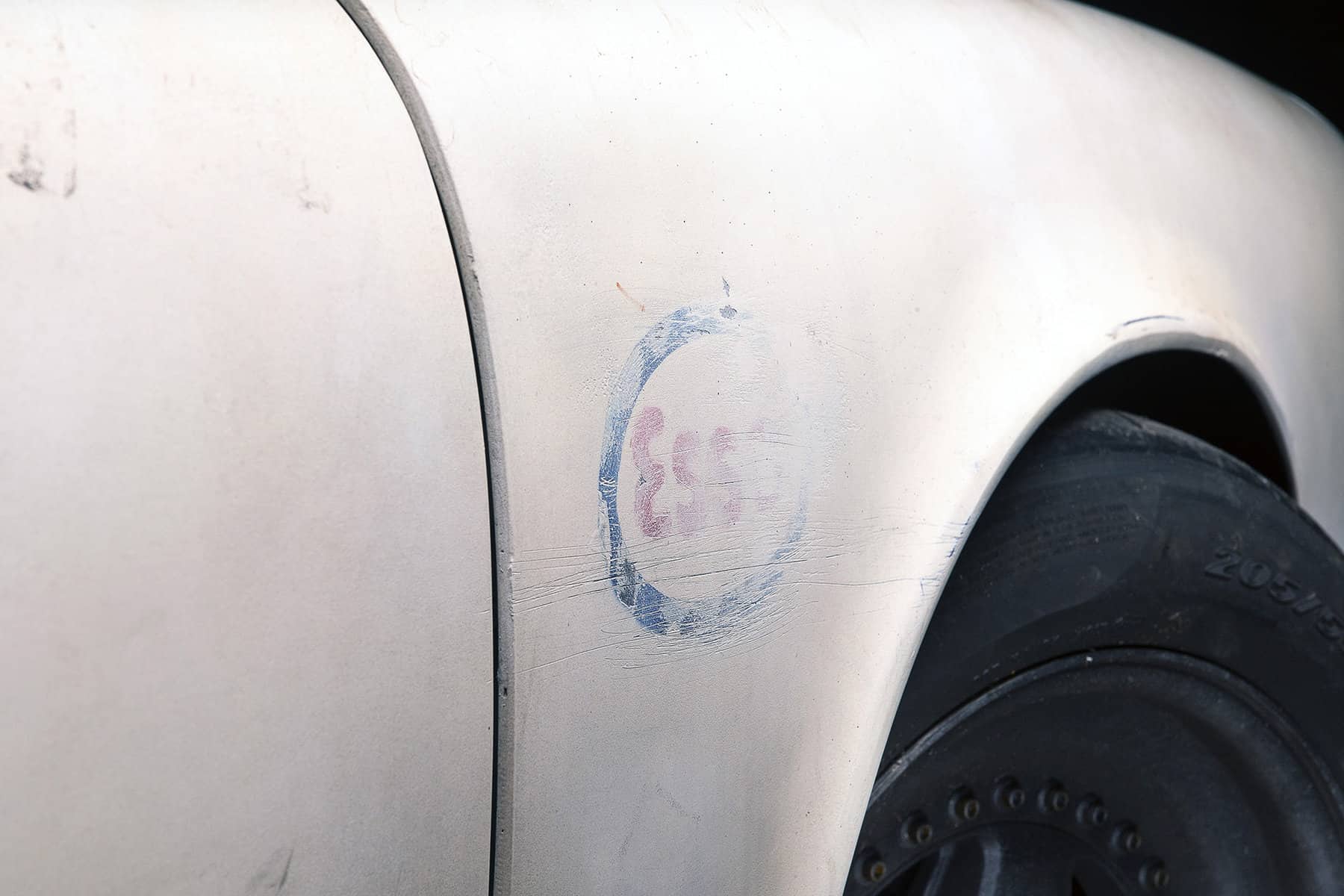“Satisfying a Need to Create”
Talking with artist and car guy Rich Goncalves
BY: KRISTEN HALL-GEISLER
PHOTOS: KEN LAM, JOHN MACHAQUEIRO
Rich Goncalves is the artist behind ROCS Motorsports in Belleville, New Jersey.
He uses his decades in the automotive world and an in-depth understanding of cars – particularly Porsches – to build drivable fantasies. A trained painter, his techniques for adding artistic age and interest to autos has led him to also create a series of watches, helmets, miniature cars and, soon, more.
What is your background?
My professional background in automotive started in high school with a stubborn immigrant father who had zero appreciation for the arts. I had formal training in automotive technology, but I put art on hiatus for quite a few years while owning my own business. Fast forward, and I’m burned out, I don’t want to see cars, don’t want to talk cars. I had started painting and would sell the occasional piece, but I felt it wasn’t good enough. I lacked formal training, and I was shy about showing my work. What I do is risky, and I knew it was risky going in. There was a good chance I’d get laughed out of the park when I showed my first art car, the Panamericana. I was very nervous about it. I caught some flack in the beginning. It’s fake, you might say, but the cars I design and build aren’t about mimicking or faking patina, they are about expression. This is what I do. It’s fun. The preservation aspect is paramount and needs to exist, but it’s also to me monotonous. I’m jaded because I was in that world so long. Give me the car nobody will restore, with non-matching numbers and a past that makes it dishonorable for concours. I’m a weirdo building weirdo cars.
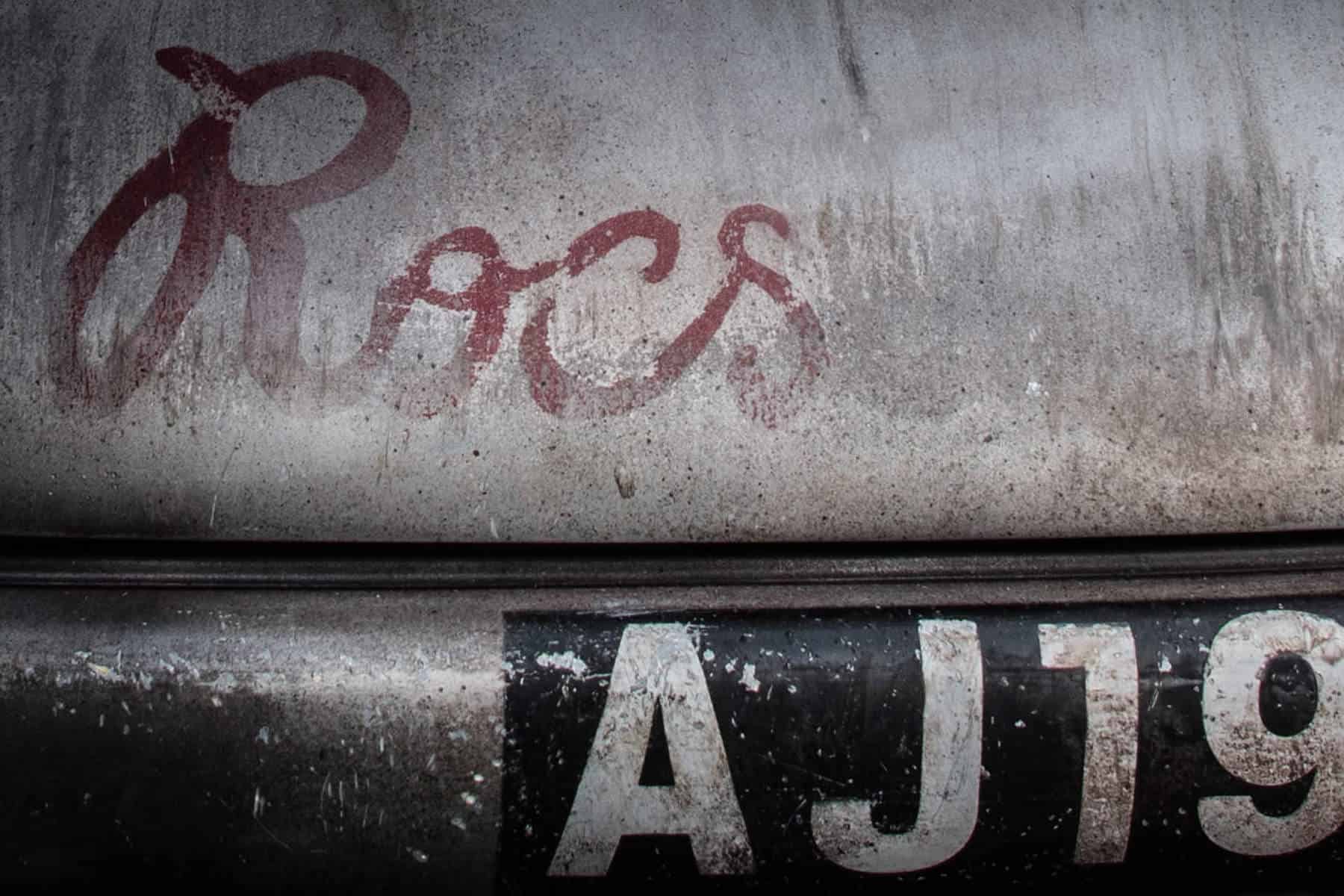
Who are your biggest influences as an artist?
Joan Miró, from a color perspective. Kandinsky some, too. When I was young I thought Picasso was everything I wanted to be, but the more I learned about him as a human the less I liked him.
Which medium is your favorite to work with – cars, watches, or canvas?
All of them, really. The through line for me is history and emotion. I struggle with doing prints; I’ve done them, but it’s not my thing. It’s a cookie cutter thing. It becomes boring. It’s not about money, it’s about satisfying a need to create. When I create a painting it comes solely from within the center of my own being, same for watches, whereas cars, since they are generally always commissioned, involve more than one set of brains. A painting is a lens into my feelings and emotions. I will argue that the brush and canvas know me intimately and trust me to do with them as I please with no interjection or objection. Working with a two-dimensional medium as material itself is very forgiving. You can easily manipulate, correct, modify, or re-direct it at will. It makes the world around me disappear, it stops time. I can paint for ten hours straight and not really realize it. But that lost moment in time carries a gratifying personal timestamp of a moment in time and a place I can revisit anytime I desire, whether [the art is] in my possession, on a collector’s wall, or on a car blasting down back roads. With watches and cars, there are further implications – watches are small devices, they are fragile and a wrong movement can ruin the entire piece. With cars, it’s much more difficult to manipulate and redirect certain aspects once they are executed. As far as media, I’m not bound to anything specific, really, as far as media such as copper work, sculpture. If you ask me to do a tire tomorrow, I’ll do a tire, as long as I feel comfortable with the piece when I walk away. It’s the color, the balance, and I like to add aging, since all of my work is about the human condition. It’s not just patina. There’s art behind it. I’ve done ultra clean, but I don’t like it as well. I’ll work on almost anything I can put some emotion or embedded history into.
What gave you the idea to start creating art cars and what goes into building one of these cars?
The idea is decades old and the technique has taken years to develop, but I have always been consumed with time and how we and objects age and the many different factors behind it all. A key part is the client. I don’t just do what I feel you want; I get inside your brain and do what I know you want. Every client spends a few hours with me. I look at their appearance, manners, speech patterns. Are they neat or unorganized, sure of what they want or scatterbrained? Most clients only have a basic idea of what they think they want and so putting together a design that hits all the markers is a tedious, brain-mashing exercise – much more mentally draining than creating a painting. I have been fortunate to have amazing clients who have allowed me a tremendous amount of creative carte blanche and that, as an artist, is more than I could have ever hoped for. Then we get a budget in mind. Different price ranges require different builds. Sometimes I’ll ask the client to sell the car in question and buy a more suitable car for the project. It might need restoration before I turn it into a build, and something with zero rust is easier. If it has to be stripped down to bare metal and rebuilt, that’s easier without having to do tens of thousands of dollars in metal work. Nobody likes to pay to fix stuff. I don’t take deposits up front, and I don’t sell time slots. I book a couple years out, and then it can take upward of two years to complete, depending on budget and engineering.
What do you think about car collaborations within the art world?
I like working with teams, hearing different people’s ideas. It’s a good way of exposing oneself without being egotistical. I’m an introvert who has to force myself to be an extrovert. I handle creative-minded things and design. I have a business partner, Victor Almeida, who is also highly experienced so most of our technical work is handled in house but you have to collaborate on projects like this on some level. Intricate machining is outsources and sensitive components require precise engineering and complex manufacturing processes.
Tell us about “the Mule” – what is your favorite design element on it?
I’m really happy with that car, but I was unhappy until the interior was done. I felt there was a disconnect. [When I bought it,] it had a Miami Vice-inspired interior in black and gray. I changed the seats to early vintage. I changed out the door panels and carpeted the dash. The first version was more steampunk. Now the interior is totally aircraft. I used World War II airplane interiors for inspiration in that car. The dash is full metal. There’s zero glovebox. If I was a crazy pilot – they were all young, these guys – I would want to personalize my interior. I thought, why not incorporate something that is going to hit every generation from five years old to eighty years old, and that was the door cards. You might think, “Wow! Minecraft!” or “Oh, that’s so VW!” depending on your age and references. The new interior closes out this chapter for me. But being named the Mule implies it’ll change. I might do something different to the flares in the back. I always feel like there’s more I can do.
